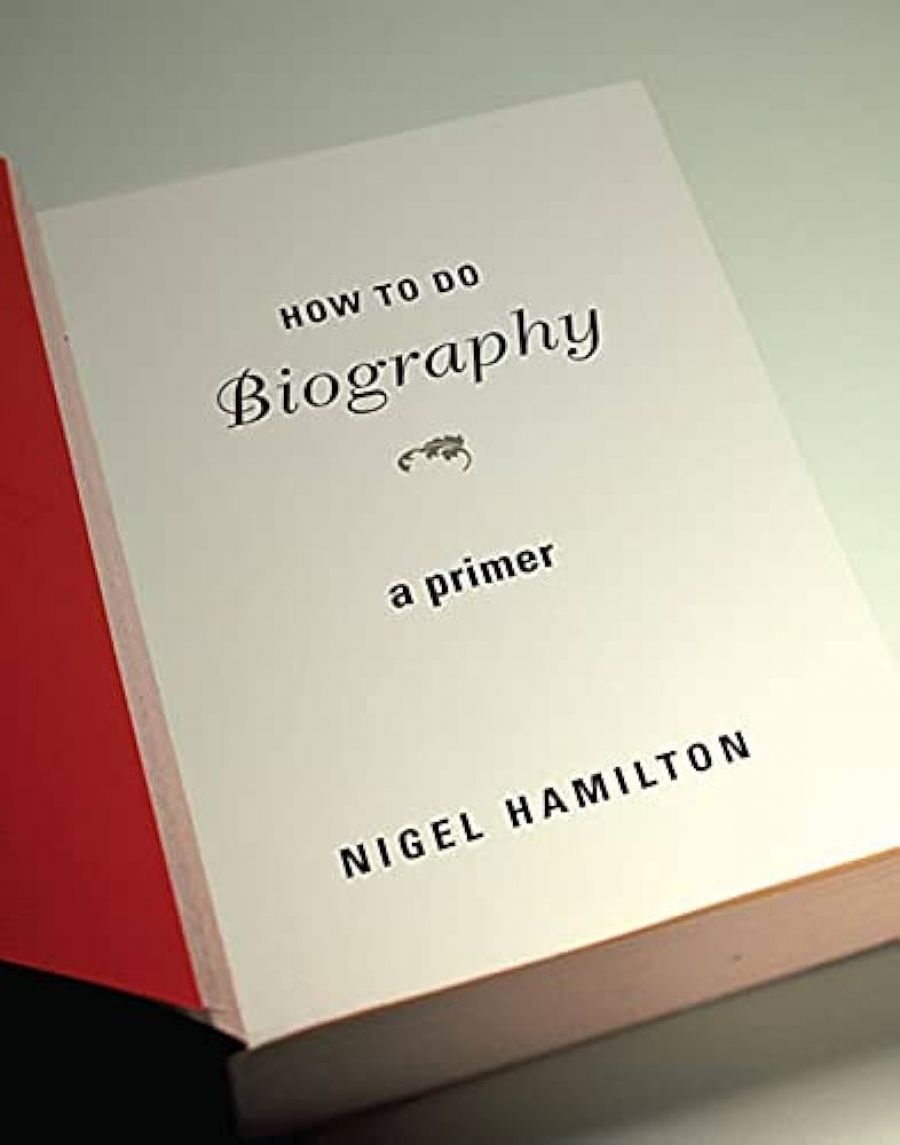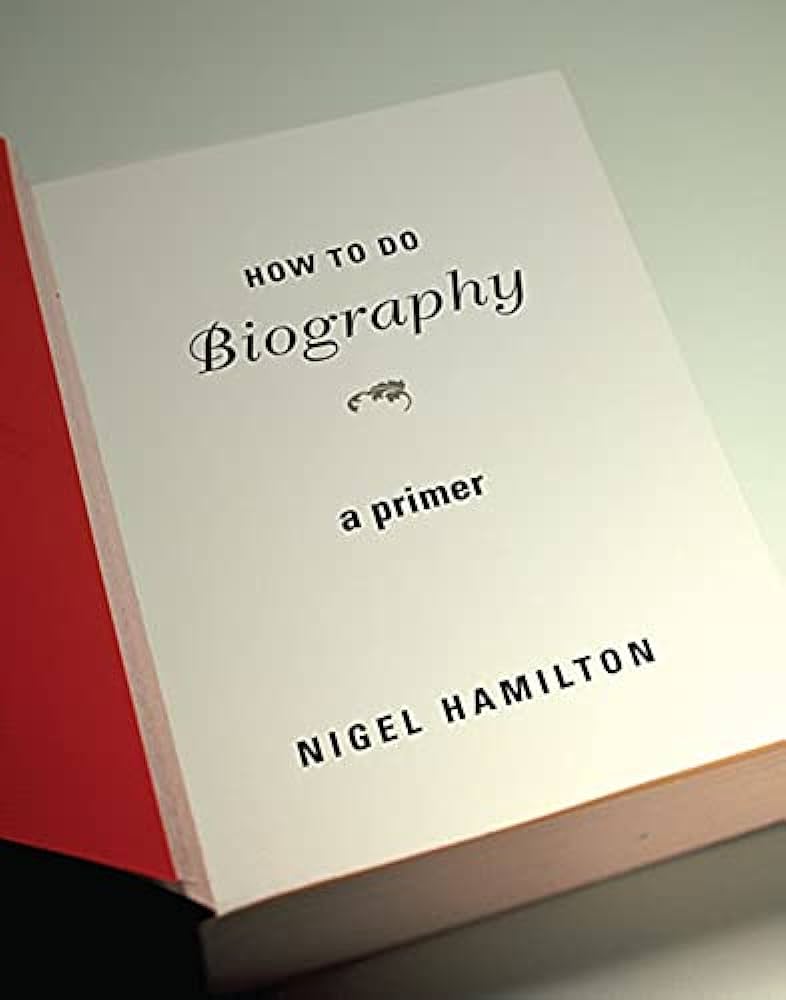
- Free Article: No
- Review Article: Yes
- Online Only: No
- Custom Highlight Text:
In 1964, newly appointed to the Department of English at the very new Monash University, I was uncertain about nearly everything. But as I unpacked my books in a pristine, sparsely furnished office, I found reassurance in the empty filing cabinet. I knew exactly how to fill its three drawers. As soon as I had some notes and a stack of manila folders, I would put poetry in the top drawer, fiction in the middle and drama down below. These three genres corresponded with the three terms of the academic year, as I had known it as a student. It was the natural order of things. That there might be a fourth drawer for biography, or even a space in the lecture programme for life writing, would not have occurred to me. This was the Leavis era – late Leavis indeed, but still preoccupied with close reading of literary texts. D.H. Lawrence’s mantra ‘never trust the teller, trust the tale’ seemed sufficient warrant for bypassing the teller altogether.
- Book 1 Title: How to do Biography
- Book 1 Subtitle: A primer
- Book 1 Biblio: Harvard University Press, $39.95 hb, 379 pp
- Book 1 Cover Small (400 x 600):

- Book 1 Cover (800 x 1200):

Biography, if it belonged anywhere, was the province of the history department, because historians dealt in facts. There was a vague assumption that the highest forms of literature were those works of the imagination which had least to do with fact. And so poetry went into the top drawer and there was no place for biography. Boswell’s life of Dr Johnson was one of those landmarks everyone had heard about but, like Johnson’s essays on biography, it was seldom read. Virginia Woolf’s novels were on our reading lists, but her ingenious game with the biographical form, Orlando (1928), was scarcely known.
Soon afterwards, the certainties of that time would be shaken – not least by the rise of literary theory. While departments of English were occupying themselves with the French theorists, biography was having a renaissance of its own. Nigel Hamilton’s How to Do Biography: A Primer takes Michael Holroyd’s Lytton Strachey: A Critical Biography (2 vols, 1967–68) as his key text. After its publication, biography began to claim a place in literary studies, and to compete with the novel for a wide general readership.
In some ways, Hamilton’s book seems oddly out of touch. In spite of its modest title (recalling WordPerfect for Dummies, one of the few ‘How to ...’ books I can remember reading), Hamilton makes an unwarranted claim for its pioneering status. He believes that ‘there is still no book or primer to guide the would-be biographer’. He speaks of ‘the absolute refusal of universities and colleges to teach biography’.
It may be true that there is no guide of the kind Hamilton has produced: systematic, practical and directed to the newcomer. But he is mistaken in thinking that ‘we do not teach the study and composition of biography in all its aspects, in higher education’. Indeed we do, in Australia, and everywhere else. Some courses have slipped in under the Creative Writing fence; some are more scholarly than others. The Institute of Modern Biography at Griffith University (1976–83) may have been, as its former director James Walter believes, ahead of its time; it was certainly important. It pre-dated the quarterly Biography, founded in 1978 from the Centre for Biographical Research at the University of Hawaii.
Some courses combine theory with practice. Google your way round the universities from A to B and you will find the University of Buckingham, with a well-established postgraduate degree in biography. Its students look at Victorian biography, literary biography, political, feminist, post-modern biography, autobiography and memoir, ghost-writing and celebrity autobiography. It offers training in archival research, interviews and bibliography, as well as tours of major research libraries. Students write a thesis on a biographical subject of their choice. At Oxford, Hermione Lee calls her course ‘life writing’ so as to include autobiography and memoir; as do Richard Holmes and Kathryn Hughes at the University of East Anglia.
My own interest in biography began in 1975. I had started work on a critical study of Edith Wharton’s fiction, but while exploring her papers at Yale University, I became absorbed in her letters and diaries. I knew then that what I really wanted to write was Wharton’s biography. But a senior Yale scholar had just published the first Wharton biography, to great acclaim. It was too soon for another one, even though I thought I could justify a different view of the subject. Confronting the knowledge that I would have had to give up a tenured job, find my own funding, move to the United States, deal with copyright holders, travel to other archives in Europe, I came back to Monash, with the biographical impulse dormant until the mid-1980s, when the papers of Martin Boyd gave me a second chance – and a new set of filing cabinets. An Anglo-Australian subject was feasible. With support from the ARC and from the Monash Department of English, I travelled in the United Kingdom and Italy, where Boyd spent most of his adult years. Last year, with a small pang of envy, I read Hermione Lee’s magnificent biography of Edith Wharton. It represents seven years work from this Oxford-based scholar.
Where has Nigel Hamilton been, that he can lament the academy’s neglect? He has not been idle, nor is he a newcomer to biography. His first work was a three-volume life of Field Marshal Montgomery (1981–86) which was later reduced to a single volume and a television adaptation, The Full Monty. Next came JFK: Reckless Youth (1992), which met trouble with the keepers of the Kennedy flame, so that the projected sequels had to be abandoned. Then came Bill Clinton’s first volume, and more trouble. ‘Kinder and more insightful biographies have been written about Stalin, Hitler and Jack the Ripper,’ said one reviewer, while others called it sleazy and voyeuristic. Undeterred and unrepentant, Hamilton went ahead and is now working on the third Clinton volume.
That range of experience makes Hamilton’s Primer a solid, authoritative work, in spite of its brevity. He deals briskly with the stages of biographical work. The reader, who is presumed to be a would-be biographer, is informed and quizzed in equal measure. Motivation, stamina, choice of subject, funding, approaches to publishers, interviews, archival searches, copyright, are all dealt with sensibly and clearly. A good range of case histories shows how biographers get into difficulties, especially with living subjects. Some, like the reclusive J.D. Salinger, will go to law rather than have a likeness published; others will compromise while exercising control.
What I miss in this book is the sense of the individual quality of a biographer’s engagement with the subject. There is plenty of good practical advice but not the intellectual sparkle and the emotional resonance to be found in Richard Holmes’s Footsteps: Adventures of a Romantic Biographer (1985) or Hermione Lee’s essays Body Parts: Essays on Life-Writing (2005).
Hamilton rightly stresses the demands of biography, in time and cash. But Australian biographers, among others, will find his advice on funding unrealistic. He seems to assume that publishers’ advances will bring in a living wage, as they may in the larger markets of the United Kingdom and the United States, especially when the subject is a Kennedy or a Clinton. Nor does he make much of the question of distance and the location of archives. A move from Townsville to Texas, or from Aberdeen to Alberta, means substantial funding, as well as the author’s personal upheaval. The problems of long-distance biography are exemplified by Hazel Rowley, who, after the major achievement of her Christina Stead (1993), moved to the United States to continue her distinguished career.
The tone of the Primer is encouraging, as the ‘How to ...’ of the title suggests. Anyone who wants to write a memoir should go ahead; if you lack writing talent, Hamilton suggests, you can always get a ghost-writer. Although elsewhere in the Primer Hamilton stresses the need for trust between reader and biographer, the ethical questions of the ghost-written memoir or autobiography are not examined. For all his warnings about traps and pitfalls, the need to examine evidence, the risks of oral history, and the fallibility of memory, Hamilton’s approach is buoyant. His fracas with the Kennedy family has not shaken him, though he regrets the never-completed sequels. On to the Clintons, toughened by the battle.
Hamilton conveys the excitement of archival discovery, the pleasures of finding the right narrative form, and the understanding that comes with contemplation. Some chapters end with little exhortations: ‘Enjoy!’ or ‘Bon Voyage!’. This could be endearing or irritating, and perhaps both, but somehow Hamilton’s enthusiasm wins the day.


Comments powered by CComment